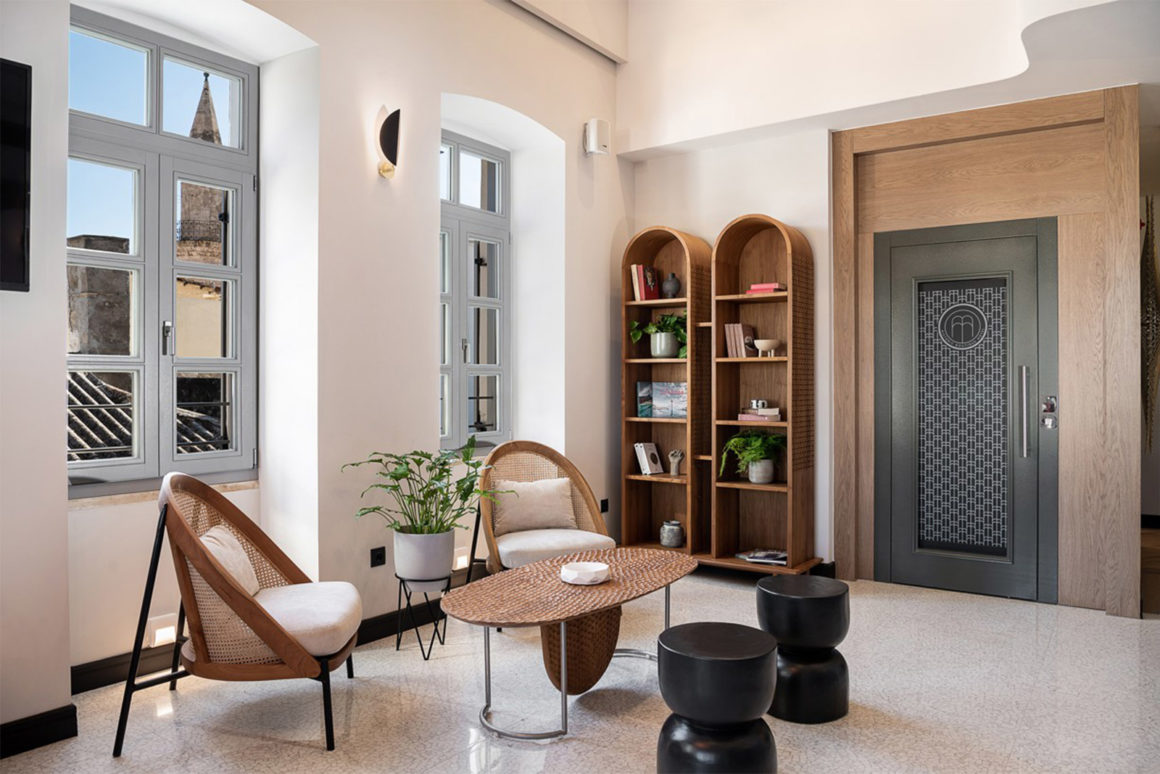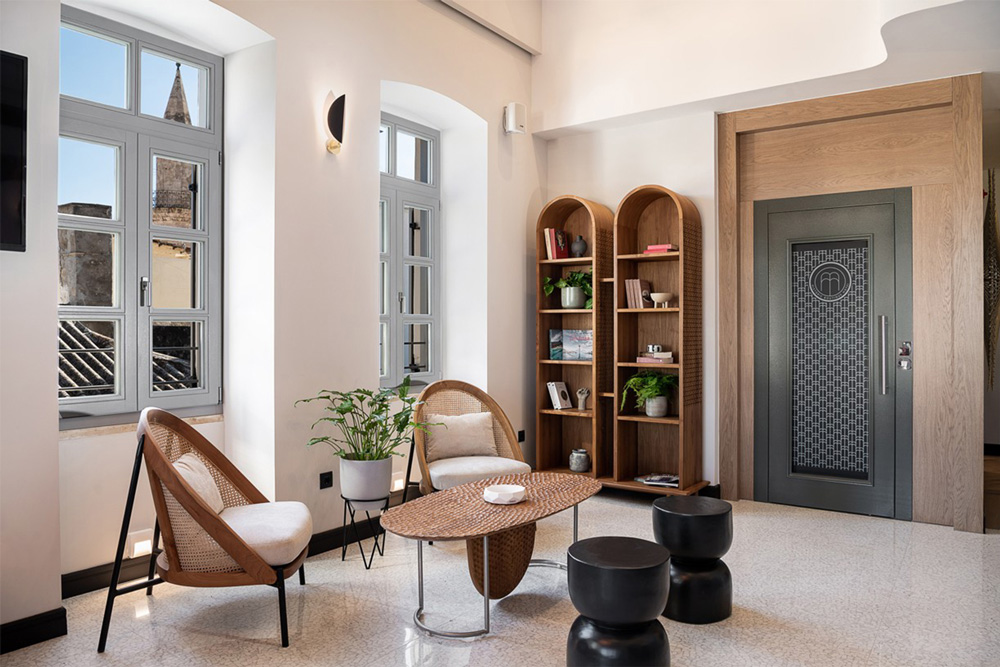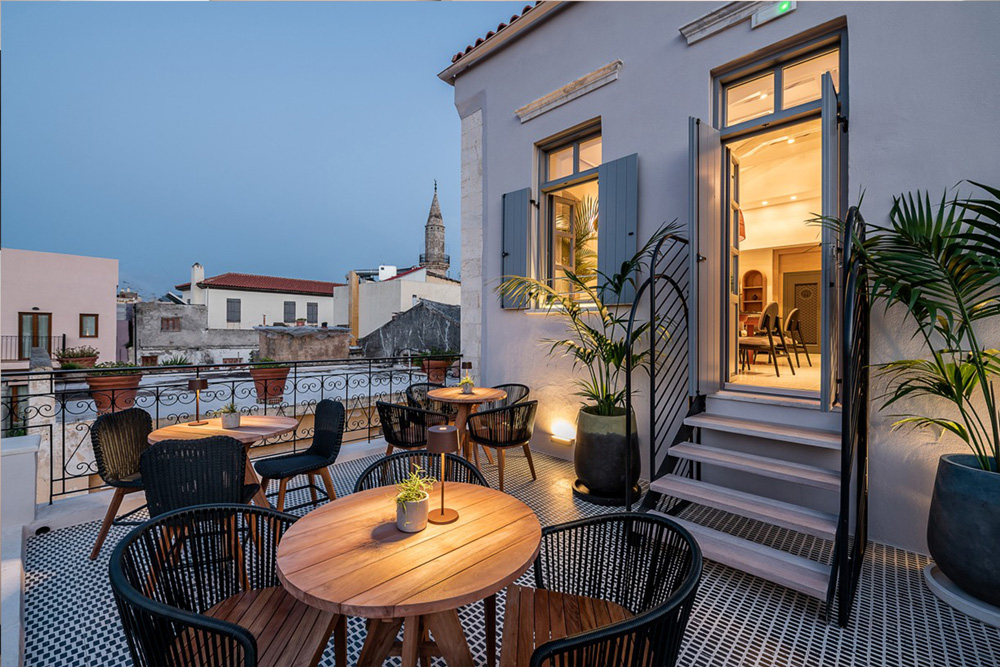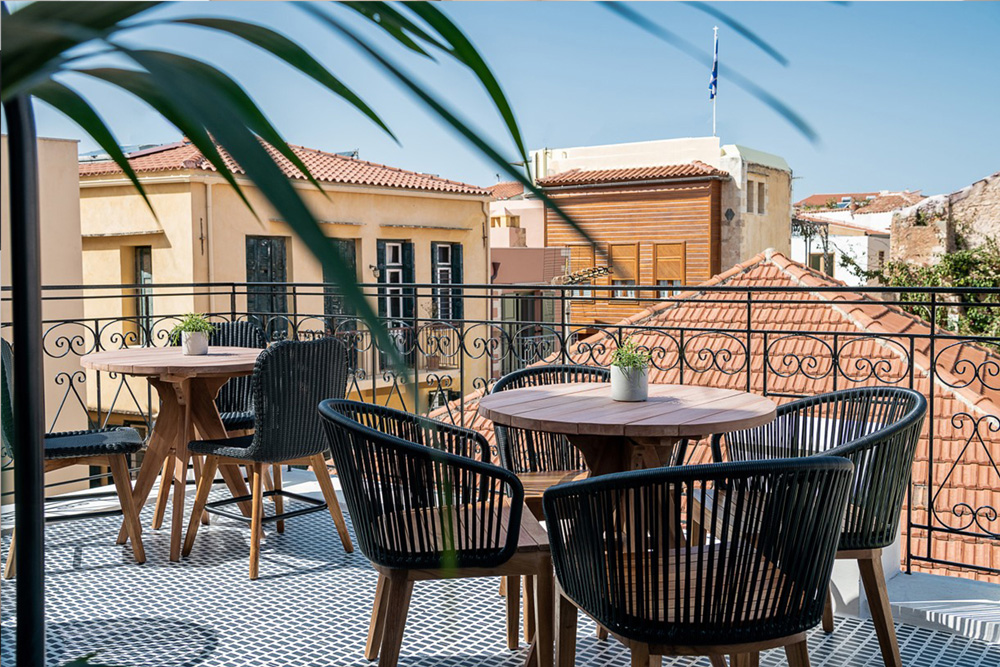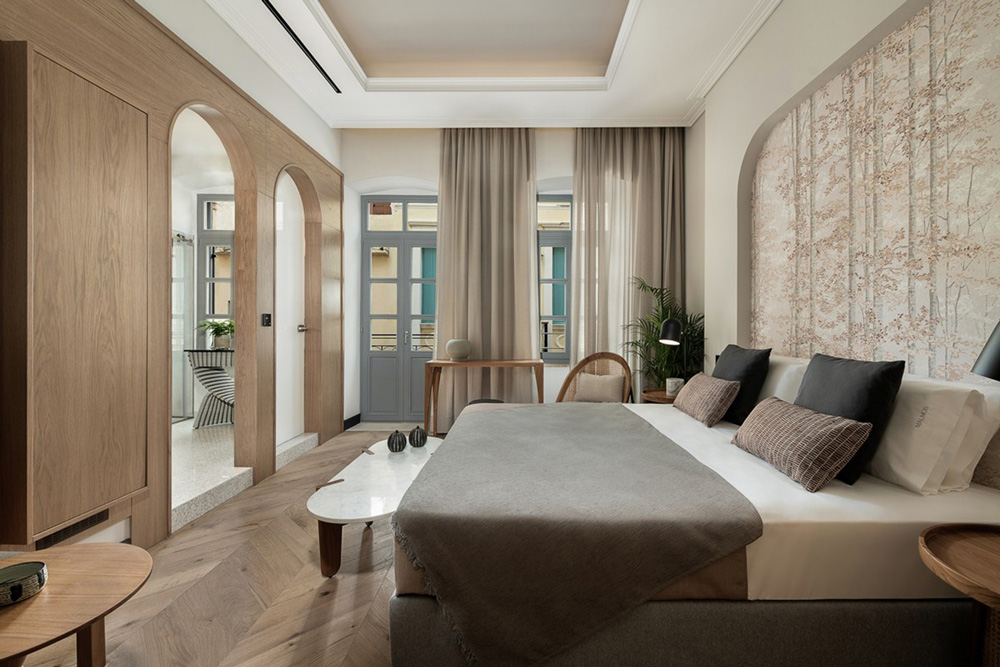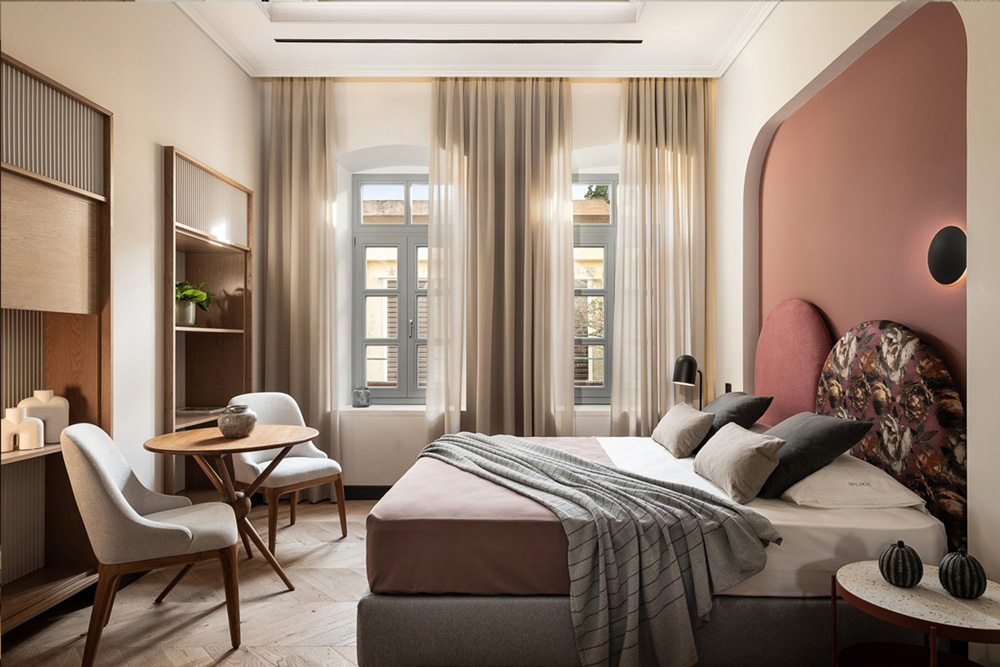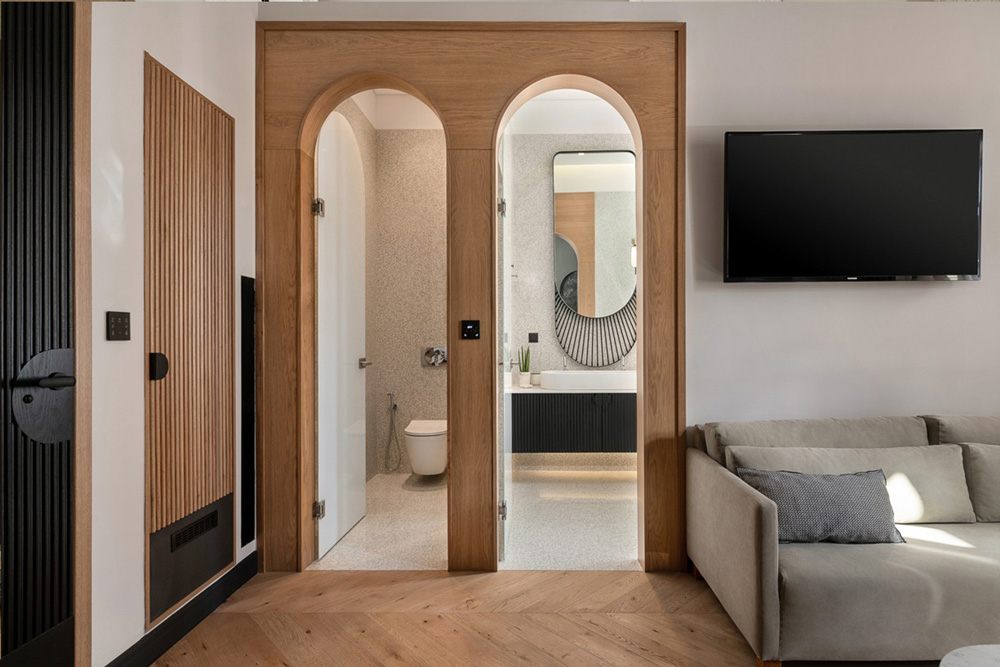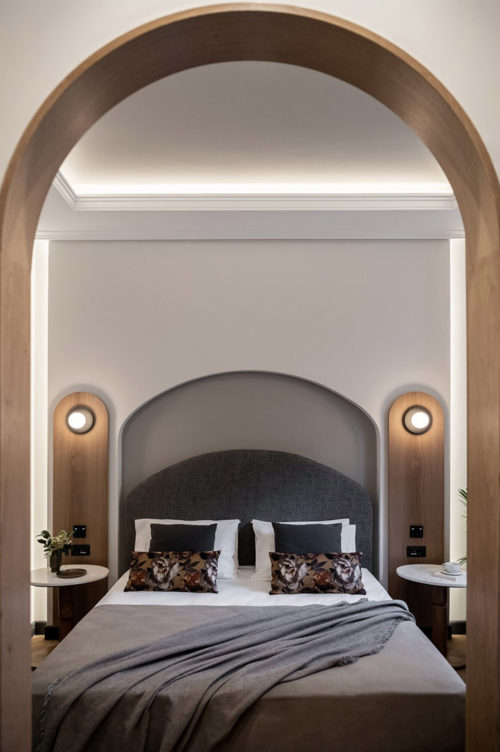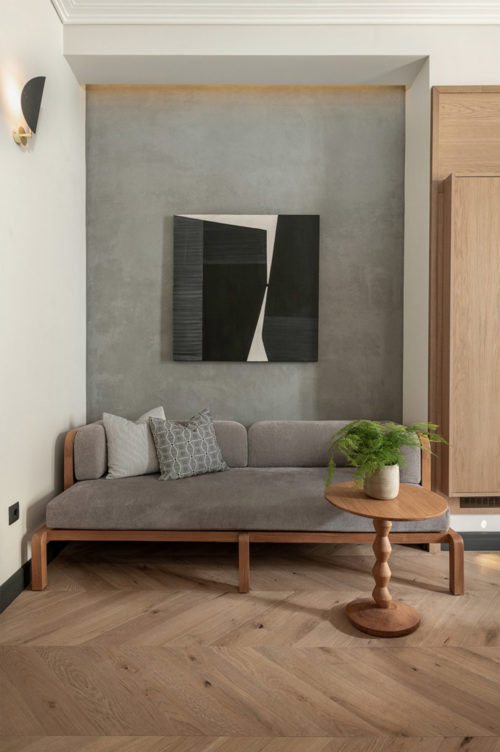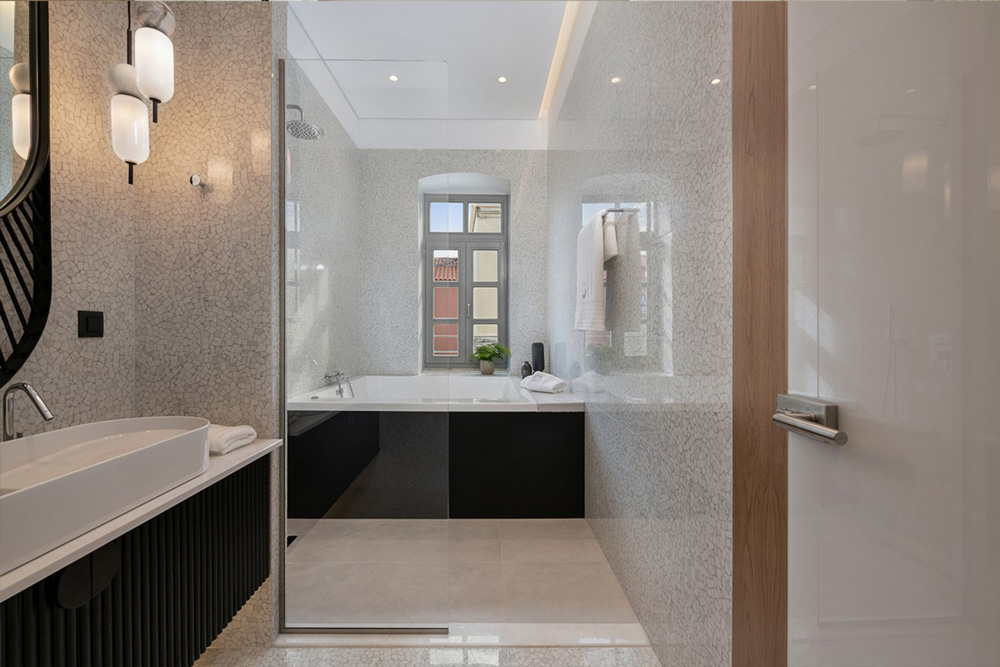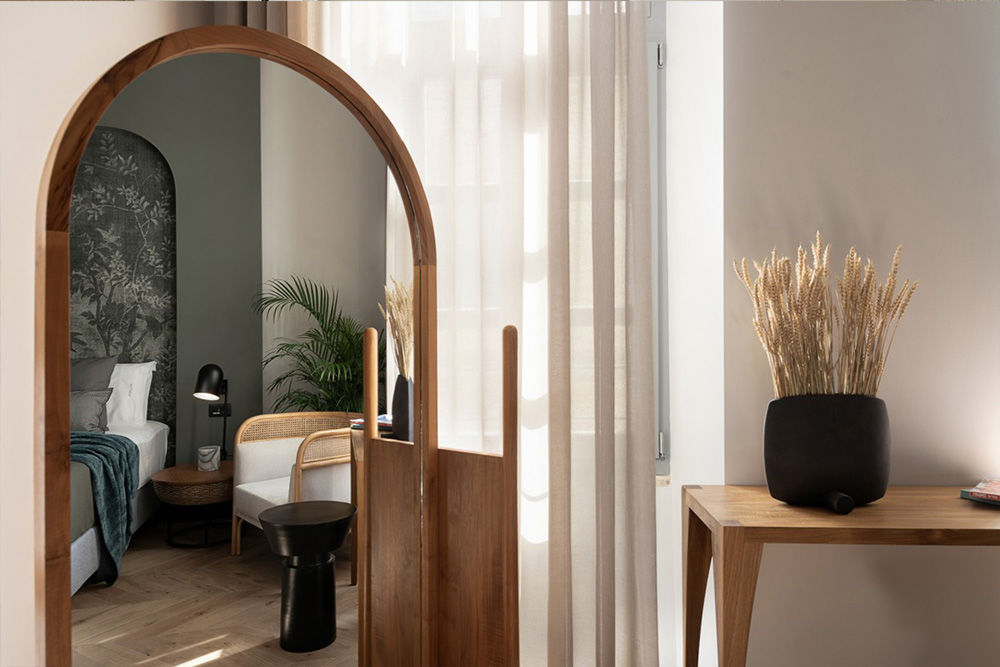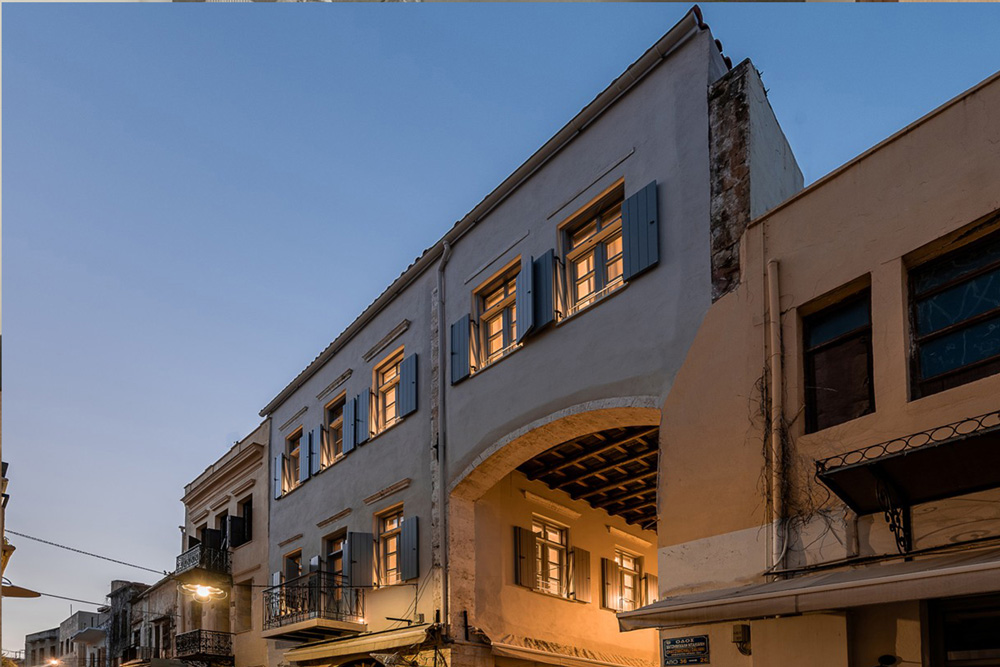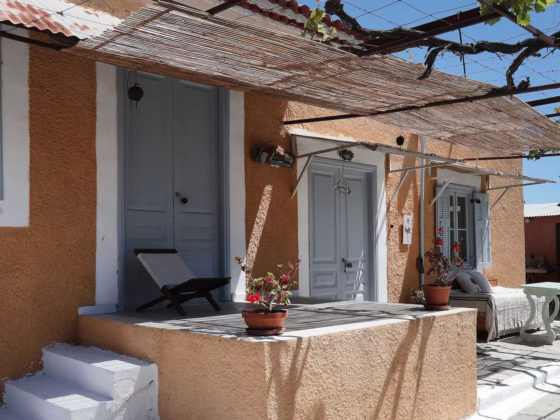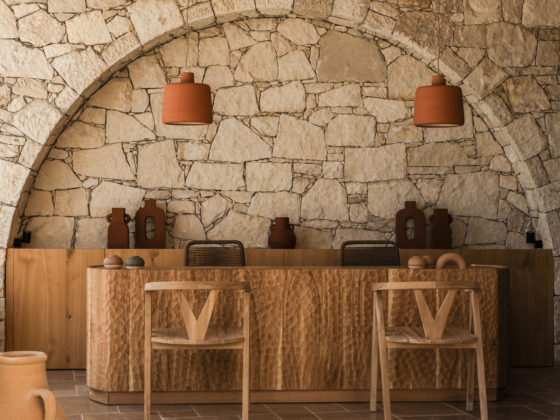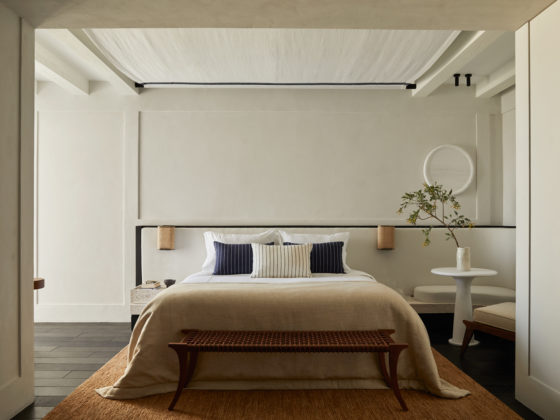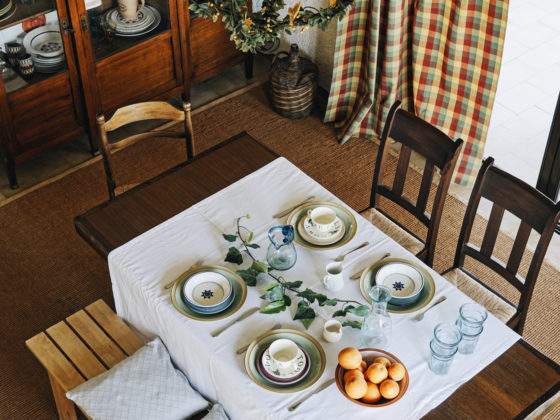Malmo Historic Hotel is a place that transcends the conventional accommodation experience, as it is an ode to education, history, and culture.
Having survived more than five centuries, this building is a manifestation of adaptability and resilience. Some of the most significant personalities of Greek and Cretan history have been inside this building, to stay, work, or to visit it.
Malmo Historic Hotel is located at the center of the Chania old town, in the Venetian district of Ponte dei Viari. The hotel probably was part of the Latin monastery ‘Santa Maria della Misericordia’ of the Order of the Augustinian Recollects, which was built around the mid of the 16th century.
After the city was occupied by the Ottomans in 1645, the building was turned into mansions and remained as such till the first decades of the 20th century, by which point the building had added one more identity to its history by becoming a library.
From the 50′s, the building was used as a library, known to the locals as the ‘Malmios Library’, founded by Antonio Malmo, a man with a deep love for books and arts. In 2007 a fire destroyed the wooden interior of the building but the main structure was saved without significant damages. It was not before 2019 that the restoration process started, leading to the building of today.
The building of Malmo Historic Hotel is one of the local landmarks and aspires to be a source of inspiration to its guests, with its high-end restoration which is preserving its historical glory and highlights its identity as a cultural palimpsest.
A grand journey in time is condensed in a series of seven suites, each one of which has been named after historical monuments and landmarks of the city as well as the history of the building itself, creating an unwritten script of cultural value.
The traditional yet distinctive architecture of the building stands out in Chatzimichali Ntaliani, one of the city’s most vibrant alleys. The arch that connects the two parts of the building, and on which one of the rooms stands, is a powerful architectural element that actively contributes to the street’s traditional atmosphere. It is also a defining aspect of Venetian architecture which inspired the restoration, as well as the interior decoration to create a unique journey in time that unravels the building’s rich history.
